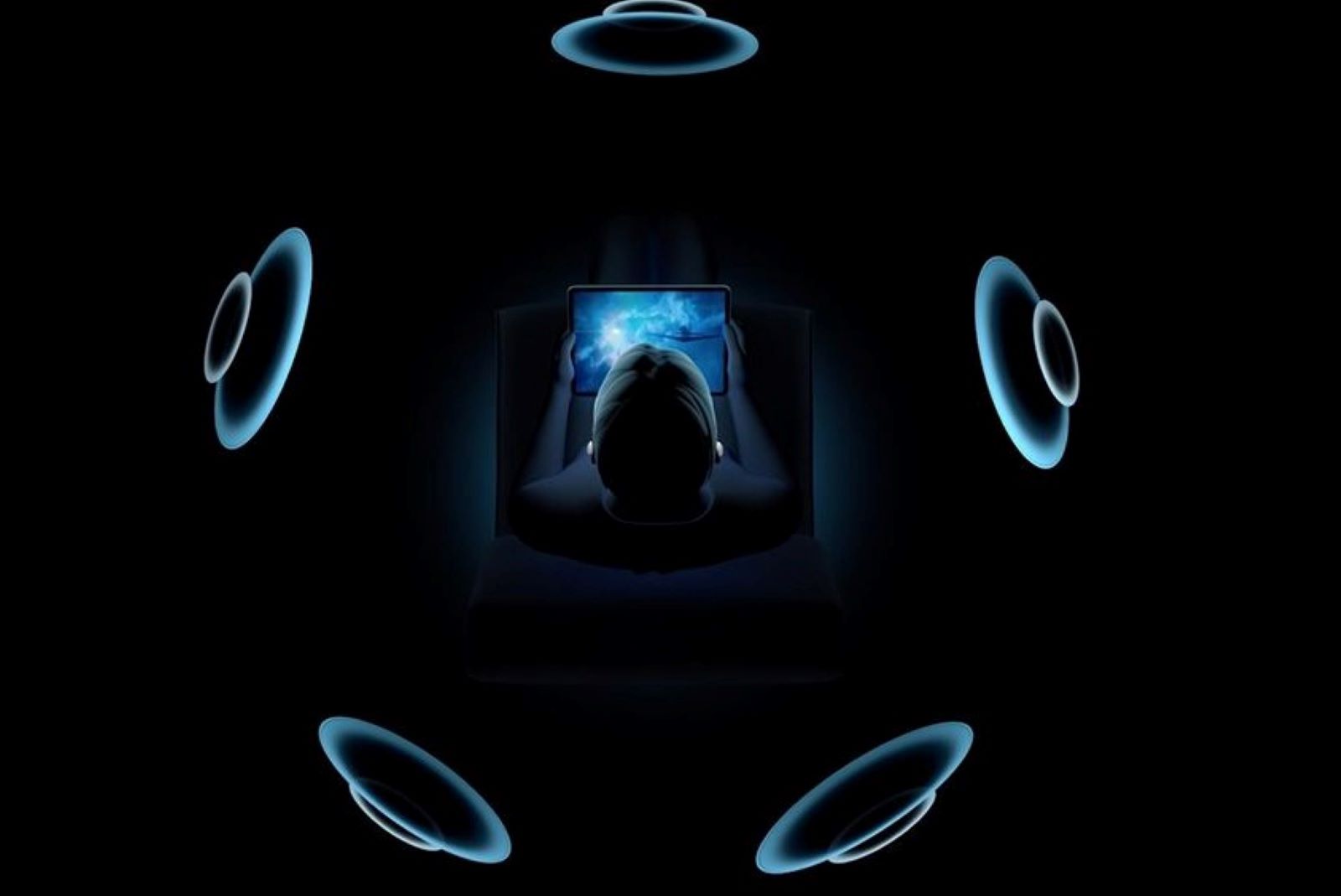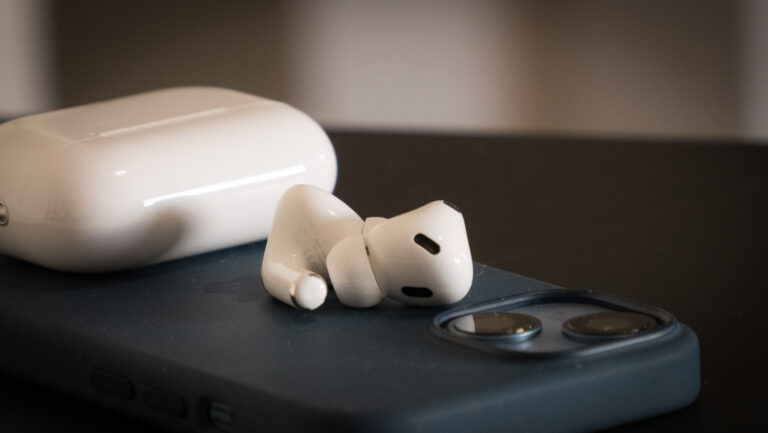How spatial audio got me streaming music again.
Oh no! I’ve become a Spatial Audio truther
My name is Fergus Halliday and I'm a Spacial Audio truther.
In the beginning, I was just as sceptical as you probably are. My conversion didn't happen overnight, nor did I have anything close to a come to Jesus moment for the audio format. My path to becoming the Spatial Audio acolyte I am today was a slow one that began when my relationship with a popular music subscription service ended.
Before we get to that, it’s worth unpacking what Spatial Audio actually is. Keeping things simple, it’s an audio format that simulates the 360-degree soundstages you’re able to get with a real 5.1 or 7.1 channel setup. Rather than the sound being funnelled into the left and right channels of a stereo mix, Spatial Audio uses head-tracking sensors to immerse you within a virtual cocoon of sounds.
Apple has adopted the format in recent years and made it a selling point for the iOS ecosystem and Apple Music in particular. Despite what you might be thinking, this had little to do with the reason I cancelled my Spotify subscription.
Prior to 2021, I found that my biggest barrier to working out was the lingering sense that I was wasting time that could otherwise have been better spent. Every time I went out for a run or trekked over to the gym, the music blasting in my headphones struggled to drown out that little voice in the back of my head.
Audiobooks and podcasts became my answer to this guilty “grind set” and, eventually, the only time I streamed music was when I wanted something in the background while I worked. Once I clocked that I could do this via Spotify’s ad-supported tier rather than Spotify Premium, it was only a matter of time.
And broke my music streaming streak it might have stayed, if not for Apple. When I reviewed the second-generation AirPods Pro last year, the company encouraged me to take the Spatial Audio available on Apple Music for a test drive.
At first, I was pretty sceptical. My past experiences with things like Sony’s own 360-degree audio have ranged from mind-blowing to mundane. Music with more dimensionality and depth might be a novel inclusion, but even advocates will rarely sell it as a necessary upgrade.
After a few months of streaming Spatial Audio content on Apple Music, I wouldn’t be surprised if that sentiment begins to change.

Old favourites like Jungle’s “Busy Earning” and trending tracks like Carly Rae Jepsen’s “Talking to Yourself” feel like they’ve been imbued with a definite dynamism when listened to with Spatial Audio enabled. It’s not quite the same as seeing an act live, but there’s a real depth to the soundscapes that are easy to fall for.
That quality gives Spatial Audio a stickiness that seems to be largely underrated. Even when I’m not listening to it, I find myself thinking about the format in a way that I otherwise wouldn’t. It’s just as exciting to see what new albums launch with the format out of the gate as it is when older ones get remixed and remastered for it.
On paper, Spatial Audio doesn’t win out over other high-fidelity audio formats. In practice though, the difference it makes to my everyday listening is tangible in a way that most music streaming rarely is. I can’t guarantee that everyone who tries the tech is going to feel as positive about Spatial Audio as I am, but my experiences with it leave me with little doubt that they’ll find it to be every bit as transformative.
I’m sure that if you sat me down with a nice set of hi-res headphones and lossless content that pushed that hardware to its limits, I’d have a great time. I’m even more certain that investing in either of the above carries with it costs that I’m simply unwilling to entertain. I enjoy listening to music, but I don’t value it quite that much.
When I do listen to it, it’s either something I want to add colour and ambience to a space or something that I want to completely immerse myself within. Speakers like my Sonos work just fine for the former, but Spatial Audio is particularly excellent for the second option. Even if it’s not technically superior to stuff like the hi-res content available on Tidal, it’s going to be much less of a headache for everyday consumers to engage with.
You don’t need to be someone who understands all the work that goes into remastering a song for Spatial Audio to grok the potential appeal or the allure for Apple.

In my heart, I know that Spatial Audio is the audio equivalent of faking it until you make it. But for the millions of consumers who “just buy an iPhone” and default to a set of AirPods, it could easily end up being yet another reason to continue to just stick with Apple’s streaming service rather than one of its many rivals.
Even if it doesn’t woo audiophiles or reach mass adoption across the record industry, the moments when consumers interact with Spatial Audio are typically those where they can hear a difference. The excitement and enthusiasm those fleeting encounters bring are increasingly rare so far as the world of music streaming goes, and that counts for more than you might think.
In a world where the cost of living is rising and access to your favourite music is so hyper-commodified, it didn’t take much for me to justify cutting back.
The ability to listen to music in a way that stokes my nostalgia for an act or evokes my imagination of what it might be like to see them perform in person? That might just give me a reason to stick around.
Related Articles





